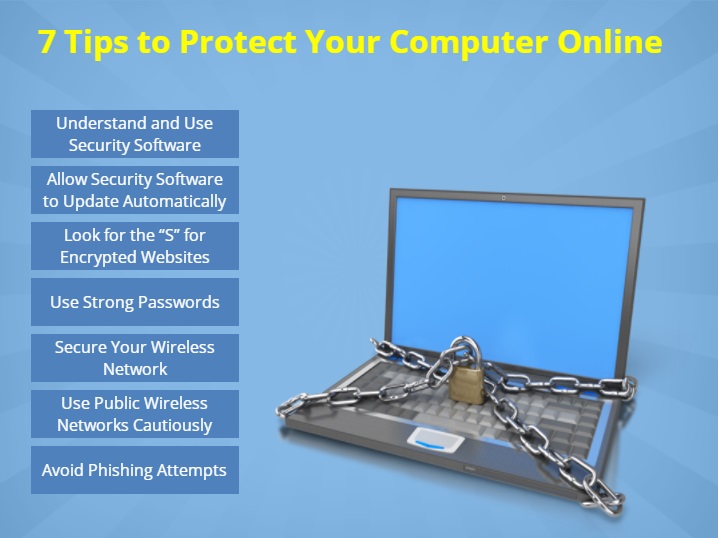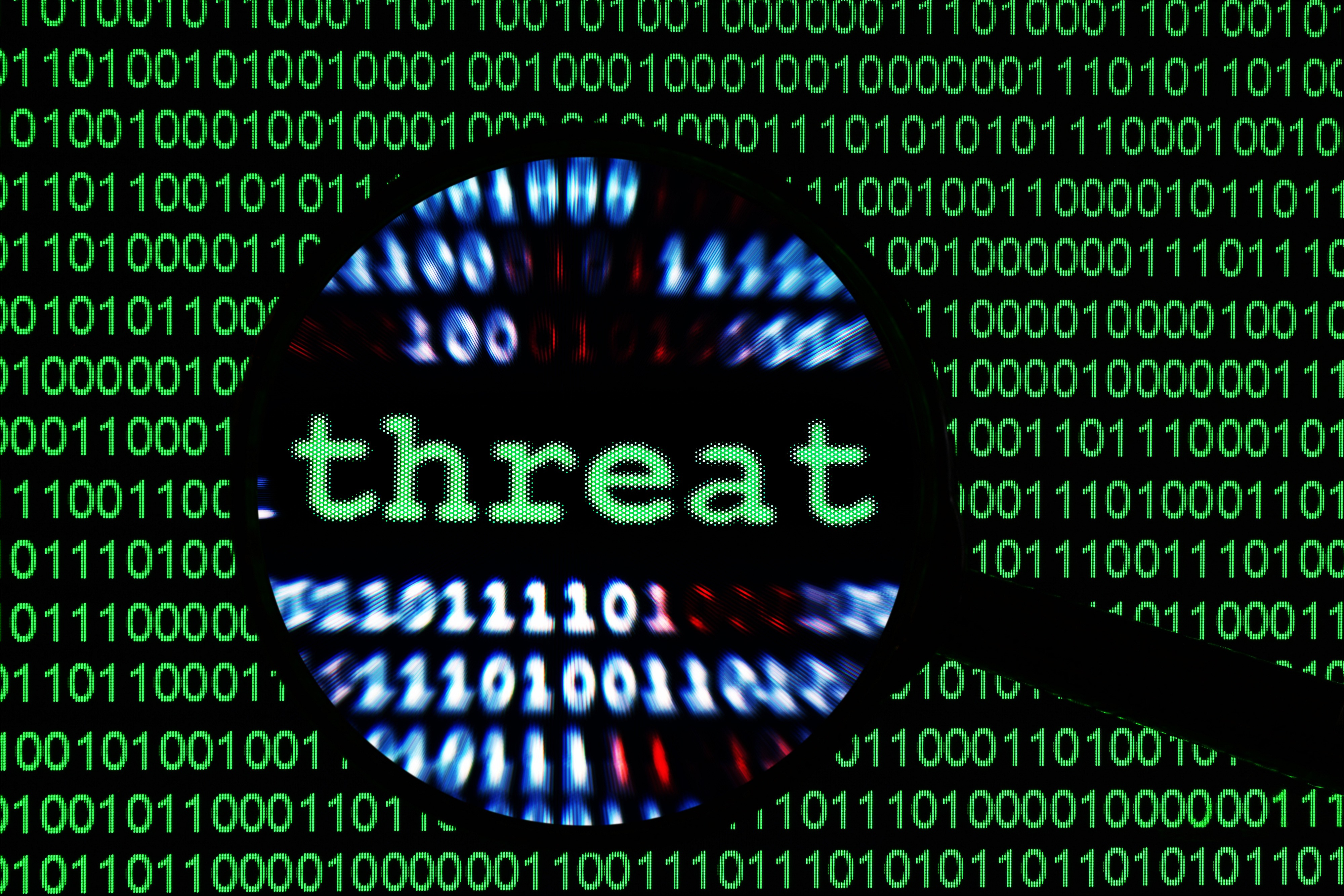7 tips - written for the everyday user - can help keep you safe from hackers and identity thieves. Understand and apply these tips to help prevent problems that can take you a lot of time and money to resolve otherwise.

If you browsed the latest security headlines, you'd probably think the majority of data breaches were related to hackers, political activists, malware or phishing. While the latter two hint at it, the truth is that nearly half of all data breaches can be traced back to insiders in some capacity.
This practical course - written for the everyday computer user and non-IT professional - will help reduce the company's risk of damage from an Insider Threat.

Cyberattacks can happen for a whole variety of reasons. No company is entirely safe. And these days, when digital communication is so vital to the basic operations of a company, incorporating a messaging strategy that takes into account business, legal and regulatory requirements should be a priority.
One key but often-overlooked component of an Incident Response (IR) plan is a backup communication method. If attackers completely disable a corporate email server or are even simply monitoring those emails, alternate forms of communication become crucial for managing the incident, attempting to keep the business functioning and minimizing the productivity lost as a result. Applying the effective strategies mentioned in this course now will ensure that a company is well-prepared if the worst happens.

